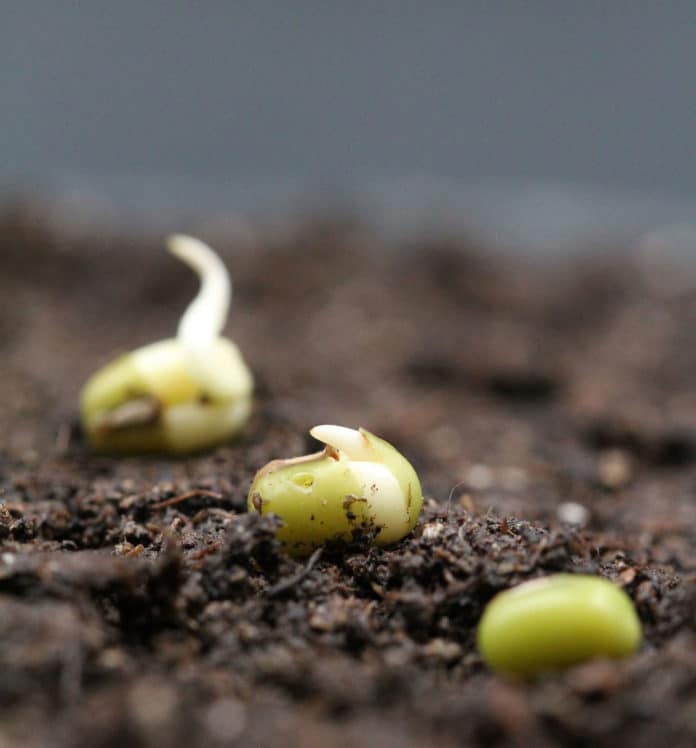Seeds are the primary human food source, and germination characteristics are critical in modern agriculture. They preserve a far-developed plant embryo in a quiescent state.
Seed germination is constrained by several plant hormones, which are researched intensely. In any case, very little was thought about the procedures that need to happen to enable the hormones to function. How is energy in the seed made available? By what means can energy metabolism be begun early and productively?
A global group of specialists has now been investigating these questions. Scientists from the University of Münster now used a new type of fluorescent biosensors to observe both energy metabolism and the so-called redox metabolism in living seed cells.
Scientists found that when the seeds came into contact with water, energy metabolism was built up in only minutes, and the plant cells’ ‘power stations’— known as mitochondria—initiated their breath. The specialists likewise discovered which molecular switches are initiated to enable energy to be released productively—with the so-called thiol-redox switches playing a vital role.
To observe the activities taking place in the energy metabolism, scientists visualized under the microscope adenosine triphosphate (ATP), the general currency for energy in the cell, and Nicotinamide adenine dinucleotide phosphate (NADPH), the electron vitality, in the mitochondria.
They compared seeds from thale cress: both dry seeds and seeds “imbibed” with water.
Later, scientists used genetic methods to deactivate specific proteins to check if redox switches are essential for kick-starting germination. The reaction by the modified seeds was then compared with that of the unmodified ones.
Scientists then kept the seed to age artificially in the laboratory — result: The seeds germinated much less active if they lacked the relevant proteins.
Scientists next examined the relevant redox proteins in their entirety with the use of biochemical methods. For this, they isolated active mitochondria and flash-froze them to be able to study this state directly where the process was taking place. Using mass spectrometry, scientists were able to identify several so-called cysteine-peptides, which are essential for resource efficiency in energy metabolism.
Lead author Dr. Thomas Nietzel, who carried out most of the experiments as part of his Ph.D. work at the Institute of Crop Science and Resource Conservation at the university, said, “The process could be likened to the traffic control system of a large city. Before the rush hour—i.e., germination—starts, which puts large quantities of metabolites ‘on the road,’ the traffic light and routing systems need to be switched on in the morning, and here this is done by the thiol redox switches.”
The study has been published in the journal PNAS.
